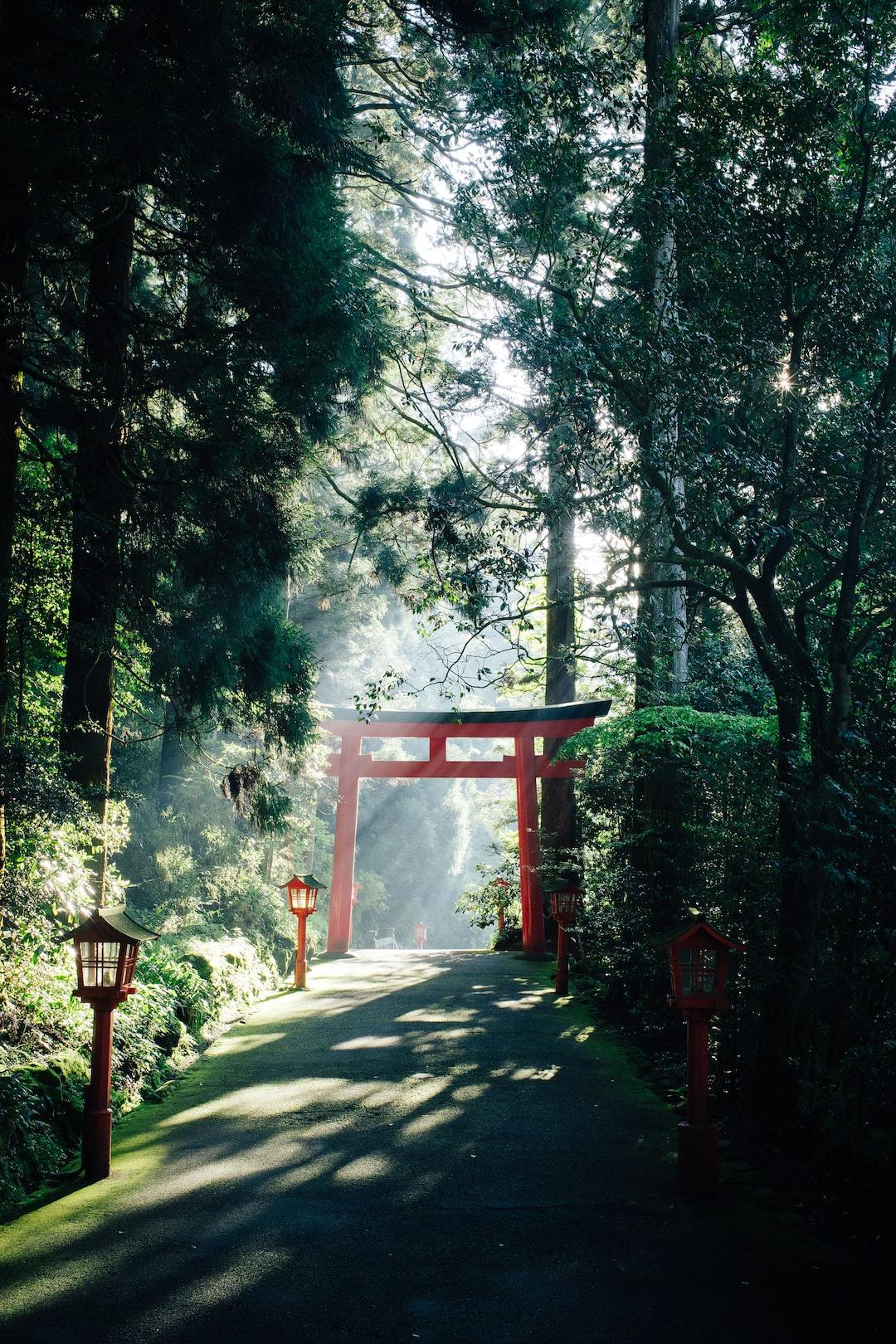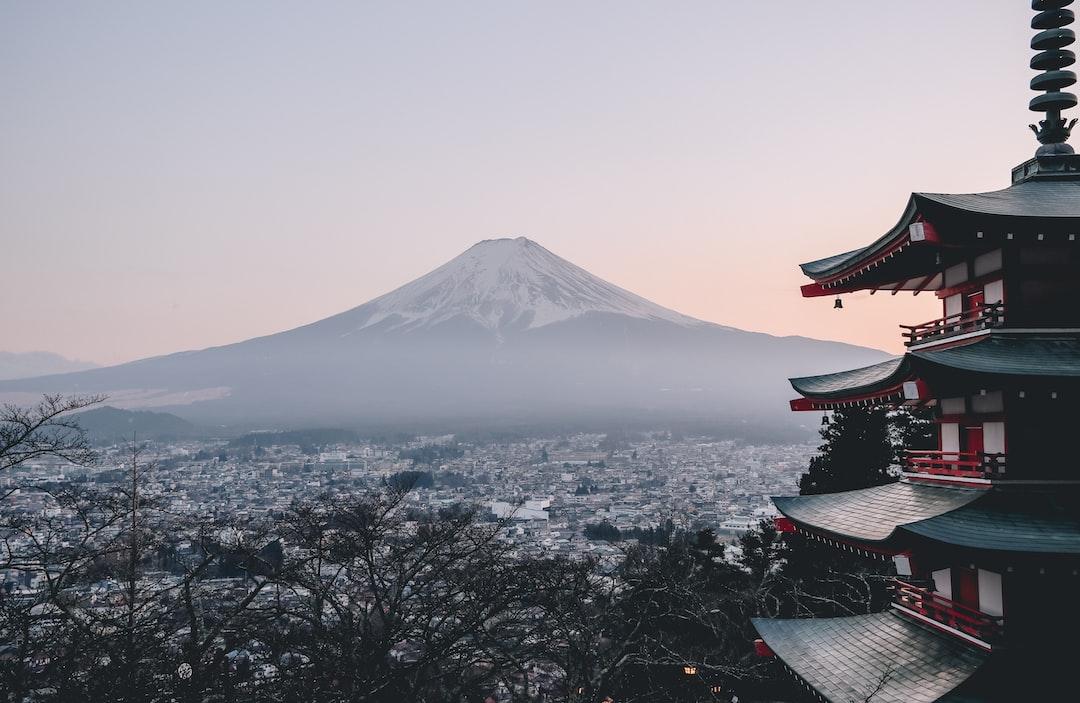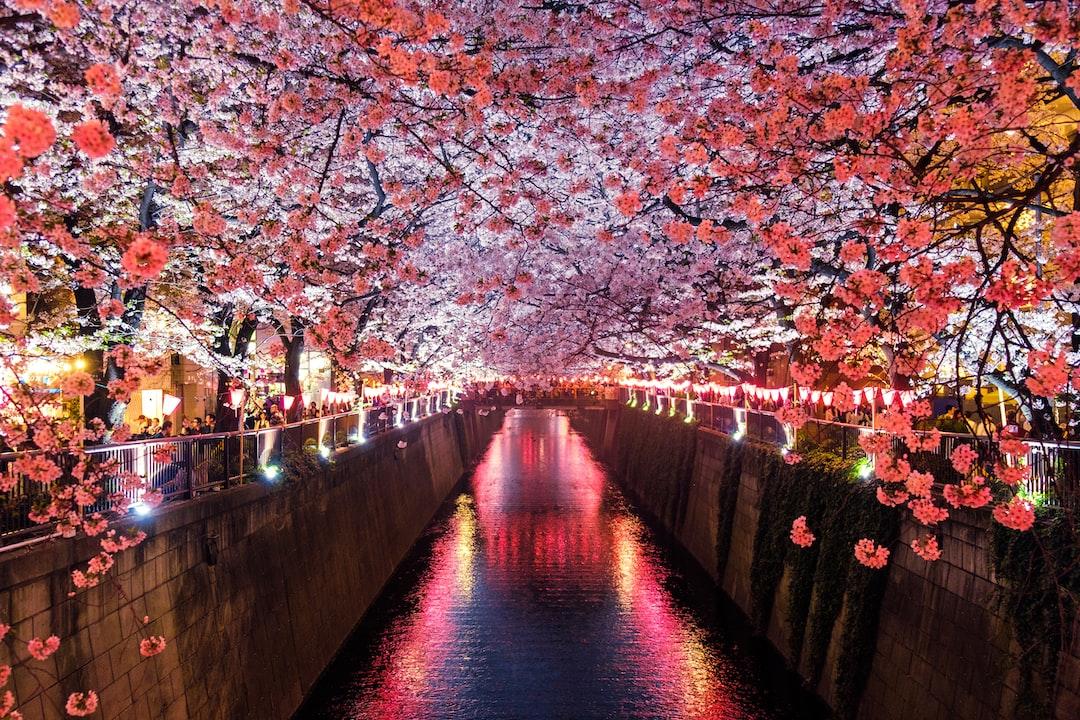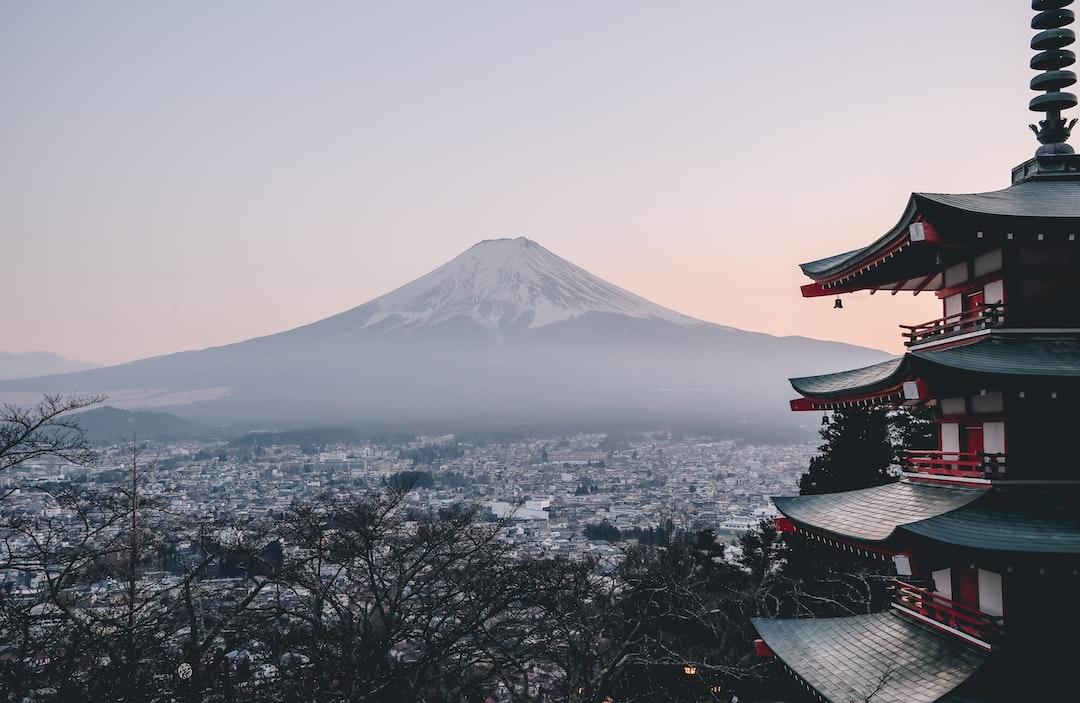Explore the World's Best Ideas
Join today and uncover 100+ curated journeys from 50+ topics. Unlock access to our mobile app with extensive features.
🌸 Yutori : living in a poem.
Naomi Shihab Nye: “You are living in a poem.”
Students : “What do you mean, we’re living in a poem?” Or, “When? All the time, or just when someone talks about poetry?”
Naomi Shihab Nye: “No, when you think, when you’re in a very quiet place, when you’re remembering, when you’re savoring an image, when you’re allowing your mind calmly to leap from one thought to another, that’s a poem. That’s what a poem does.”
Students : “Well, here in Japan, we have a concept called yutori.”
20
329 reads
⛩️ Naomi Shihab Nye getting explained 'Yutori'.
And it is spaciousness.
It’s a kind of living with spaciousness.
For example, it’s leaving early enough to get somewhere so that you know you’re going to arrive early, so when you get there, you have time to look around.
16
292 reads
🏯 Naomi Shihab Nye getting explained 'Yutori'.
Or — and then she ( student ) gave all these different definitions of what yutori was to her.
But one of them was… and after you read a poem just knowing you can hold it, you can be in that space of the poem.
And it can hold you in its space.
And you don’t have to explain it.
You don’t have to paraphrase it.
You just hold it, and it allows you to see differently.
And I just love that. I mean, I think that’s what I’ve been trying to say all these years.
16
236 reads
🐌 The refusal to rush.
Taking time to admire the beauty and only talking about what’s in my field of vision.
Creating pockets of time to do so.
When we step into absorption with nature, as one example, and with no agenda except to see – well, spaciousness opens up.
I can imagine that all of you have had experiences of spaciousness.
It is easy for me to imagine how it happens with a poem, music, forest bathing, looking at the starlit sky or the full moon and other meaningful moments.
Yet this snippet from the interview hints at the many more opportunities we have to savour our everyday.
16
210 reads
14
243 reads
✨ Shisa Kanko.
The second Japanese term I want to introduce is Shisa Kanko translated to English as "pointing, calling, and acting".
It's a kind of checklist, bringing consciousness and mindfulness to whatever you are doing, specifically when engaged in repetitive tasks.
In Japan, Shisa Kanko was first used by train operators and is now widespread in industrial settings.
16
215 reads
🚂 Japanese Railway.
A 1994 study by Japan Railways showed a reduction of 85% of mistakes made by conductors when using Shisa Kanko.
If you travel to Japan, you will notice this pointing and calling.
So again, how is this relevant to coaching, you may ask?
Well, as mentioned above, coaching is an act of self-discovery.
14
187 reads
✨ Shisa Kanko (2)
Practicing Shisa Kanko with your own behaviors, emotions, or beliefs is a good way to start noticing the habits of the mind and to bring awareness to the situation at hand.
Until you notice (point) and name (call) the behavior you want to change, it's impossible to change it (act).
(More about Shisa Kanko in Japan in this article by Alice Gardener.)
17
183 reads
⚡ To achieve this kind of poetry in your own life, try them :
- Intentionally build space in your schedule to arrive early, rather than packing meetings back to back with little or no transition or travel time.
- Carry a journal or small notebook with you and regularly write down your thoughts and feelings or creative ideas or use it to explore solutions.
- Notice your breath and body sensations.
- Start meetings with a check-in, one-minute meditation, or a moment of silence.
19
186 reads
🏯 Yutori : living in a poem.
- Create time to meaningfully connect with colleagues. Actually get to know them.
- Slow down your conversations to focus attention and make room for thoughtful inquiry, listening, and deliberation.
- Take breaks in your day to stand up, walk around, get outside.
- Create “no email” zones in your day where you can have think time or concentrate planning or creative projects.
20
182 reads
IDEAS CURATED BY
CURATOR'S NOTE
Yutori : living in the poem ! & to live in the poem is ultimate bliss for our soul.
“
Similar ideas
11 ideas
Art Therapy Techniques and Applications
Susan I. Buchalter
7 ideas
The Art of Creative Thinking
John Eric Adair
6 ideas
Read & Learn
20x Faster
without
deepstash
with
deepstash
with
deepstash
Personalized microlearning
—
100+ Learning Journeys
—
Access to 200,000+ ideas
—
Access to the mobile app
—
Unlimited idea saving
—
—
Unlimited history
—
—
Unlimited listening to ideas
—
—
Downloading & offline access
—
—
Supercharge your mind with one idea per day
Enter your email and spend 1 minute every day to learn something new.
I agree to receive email updates










